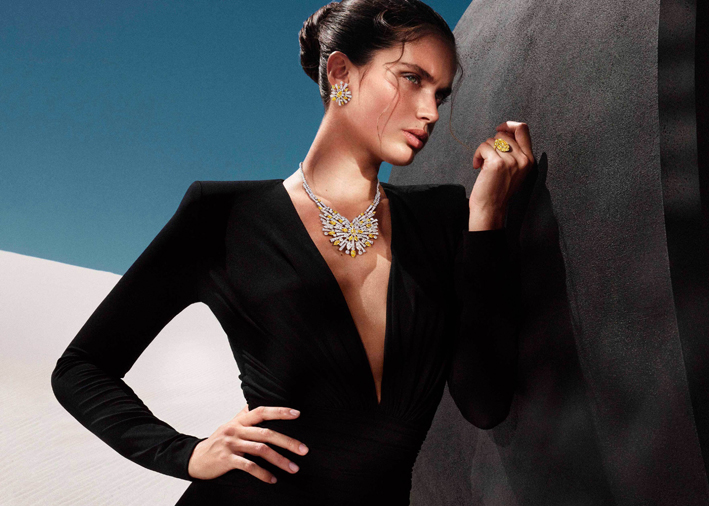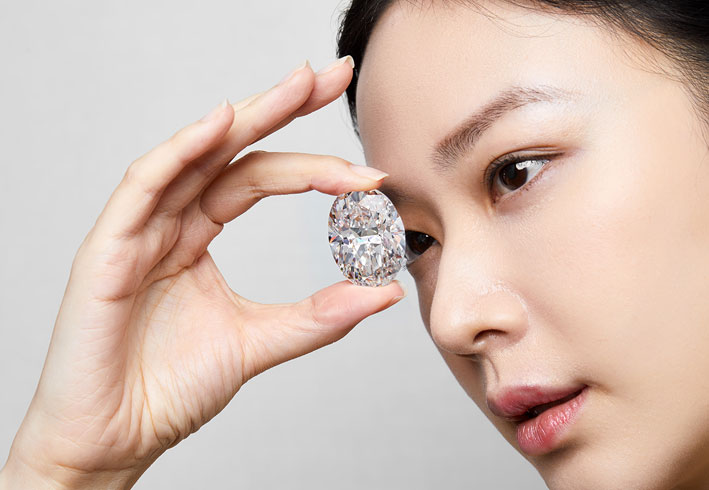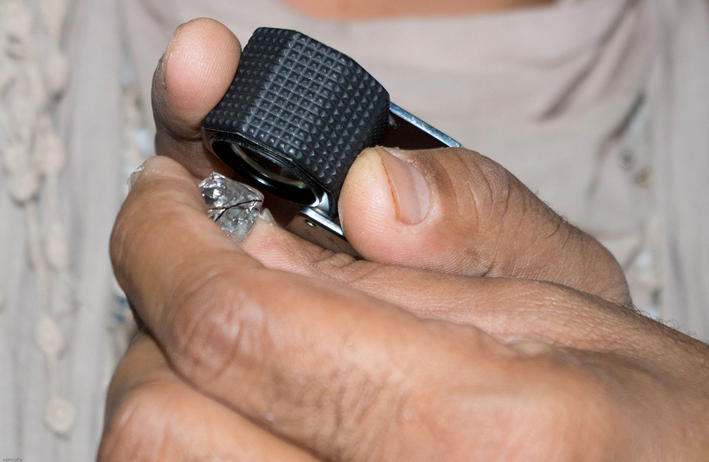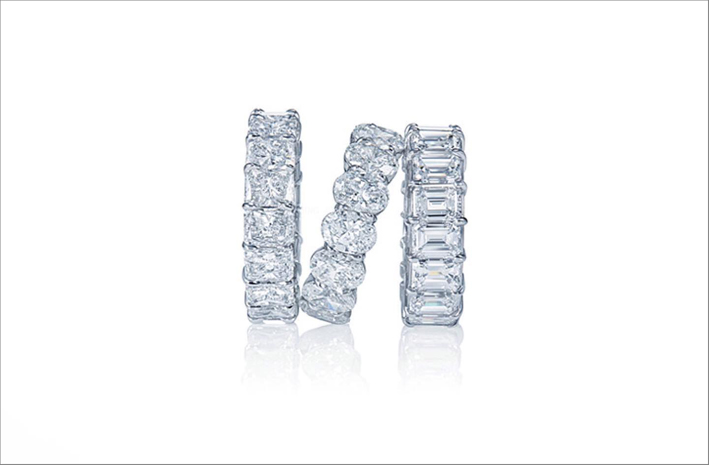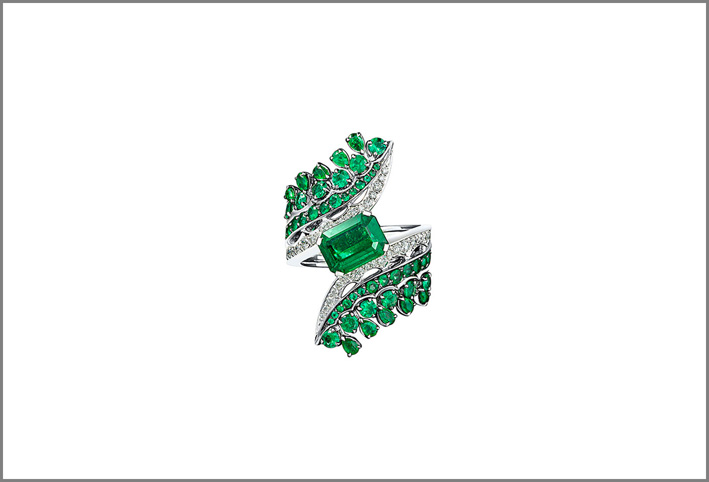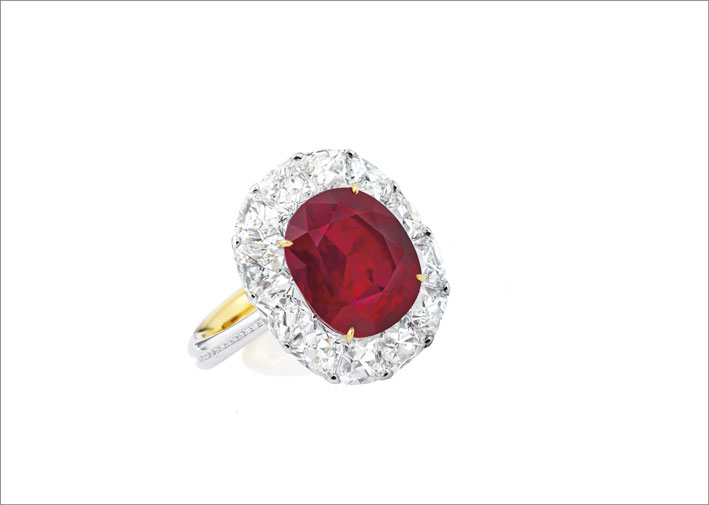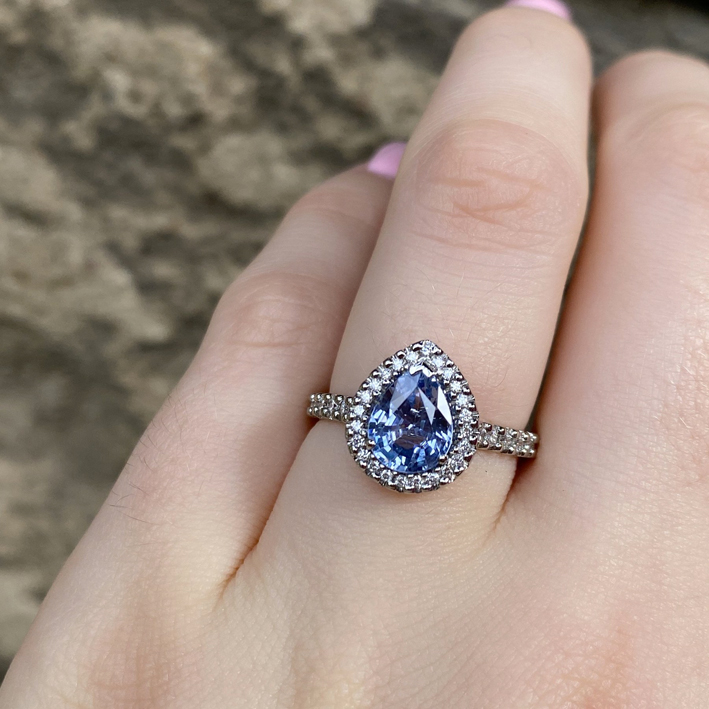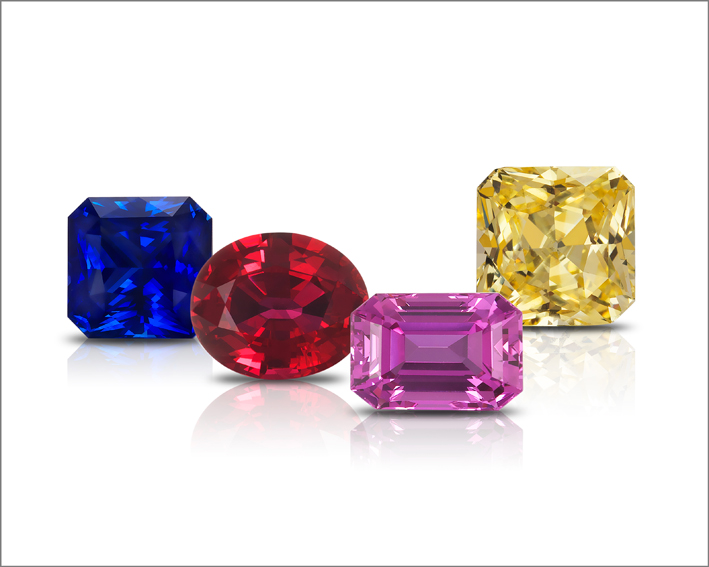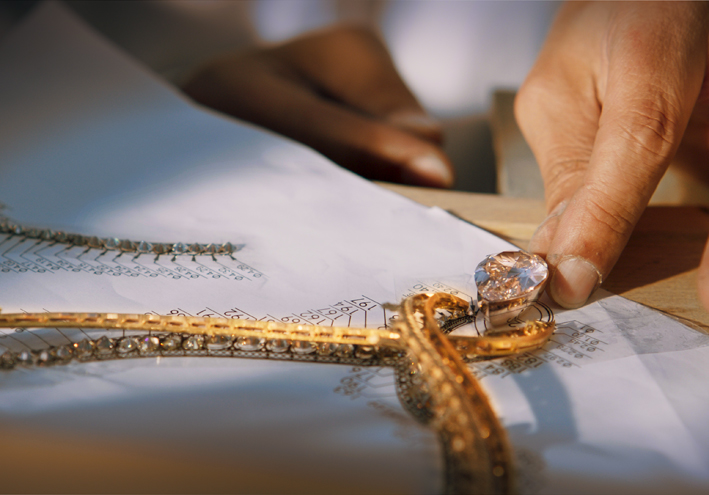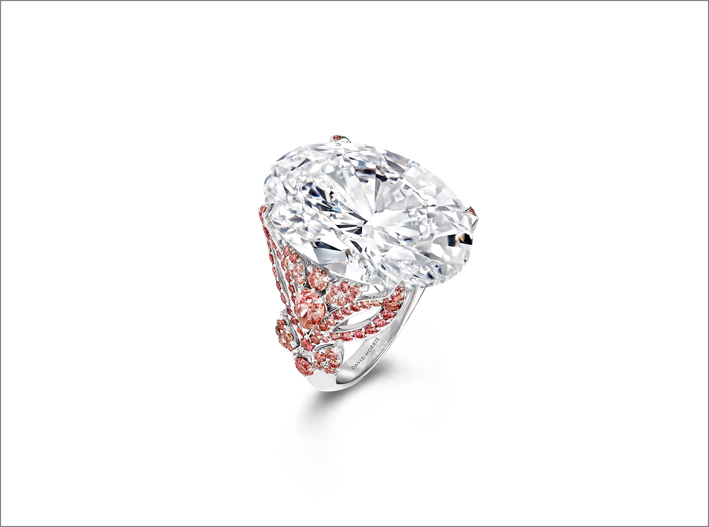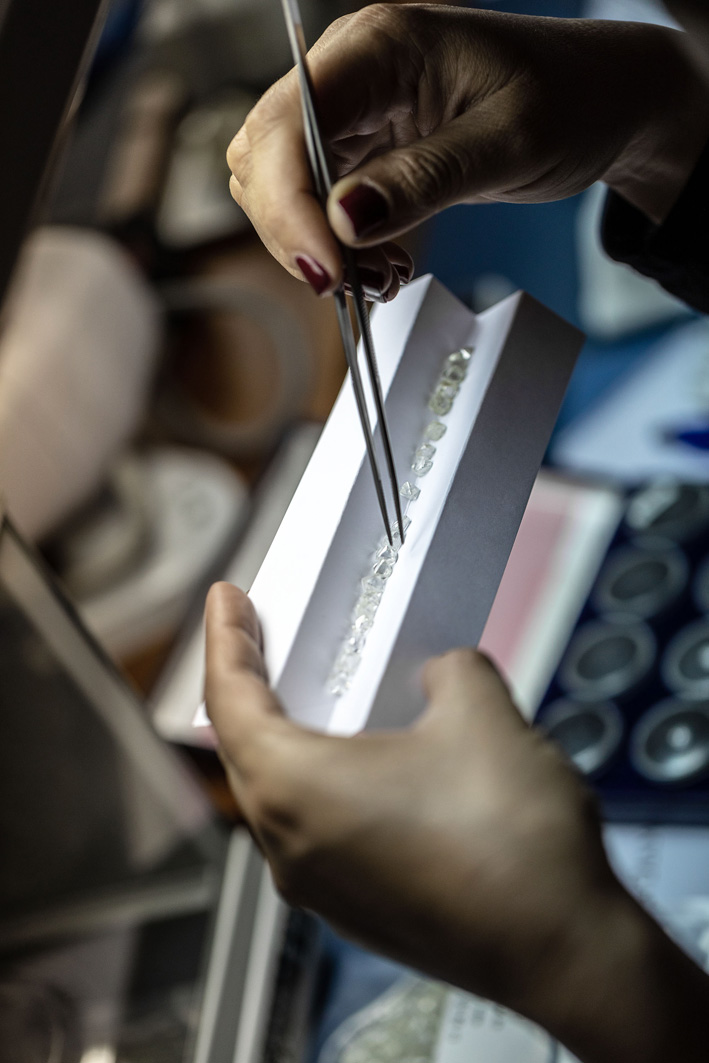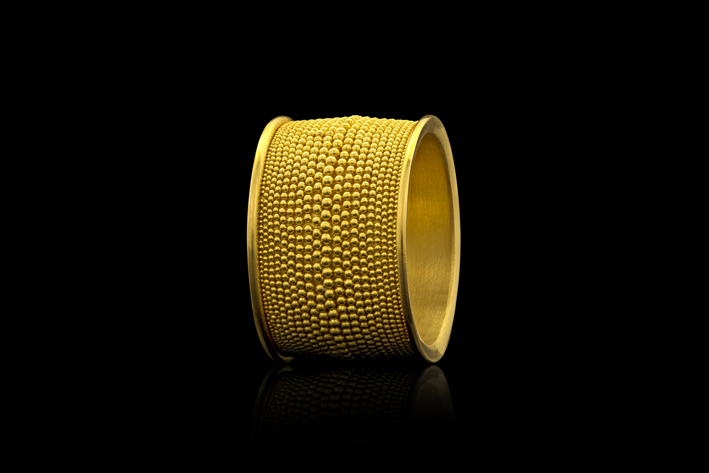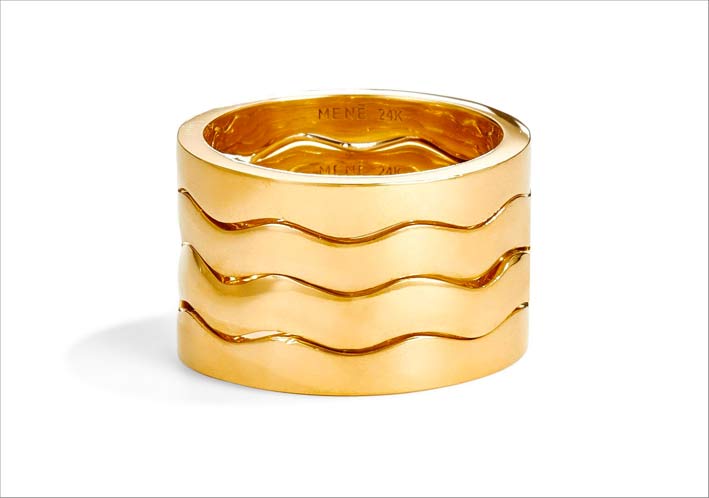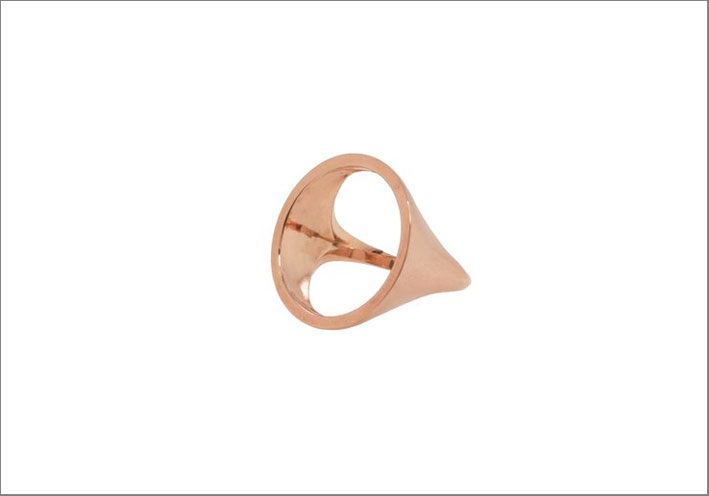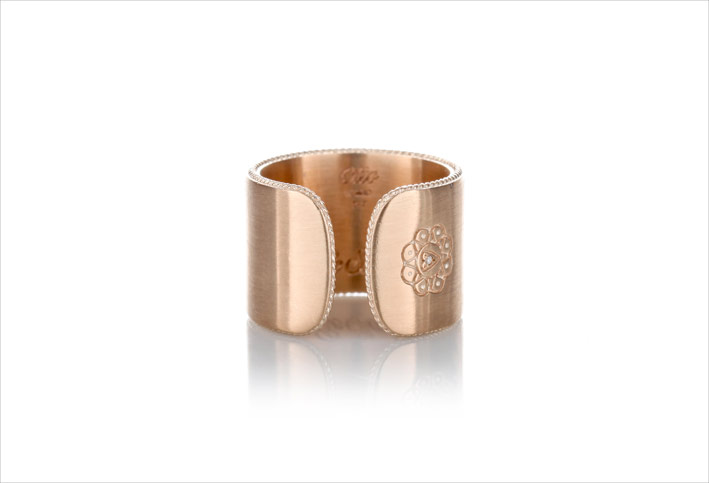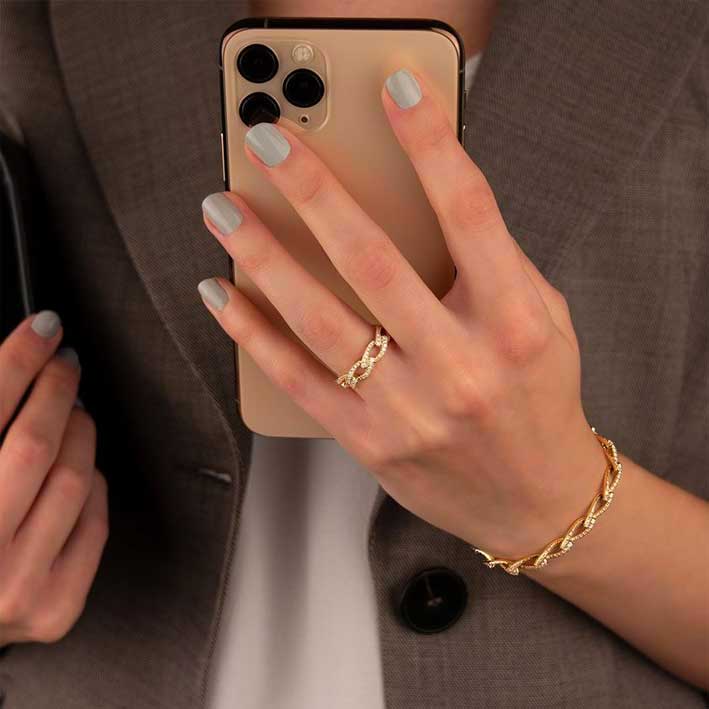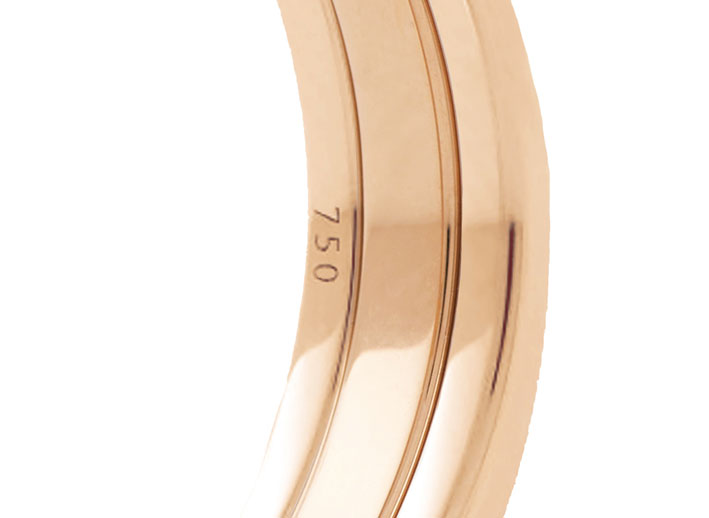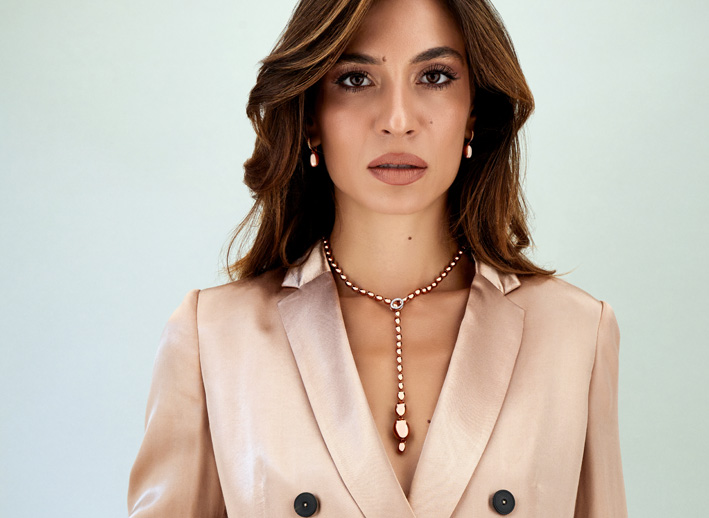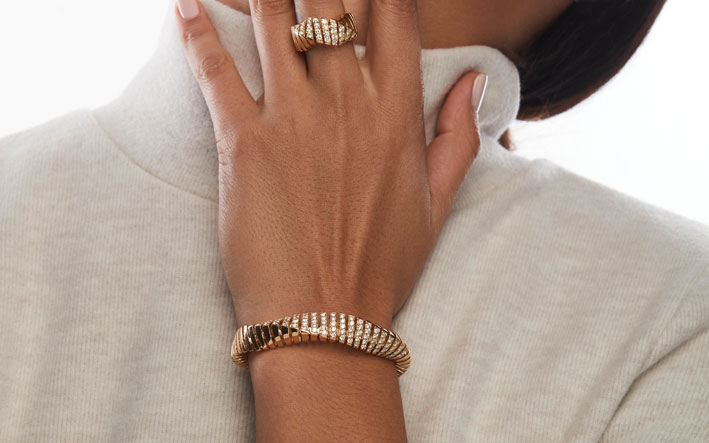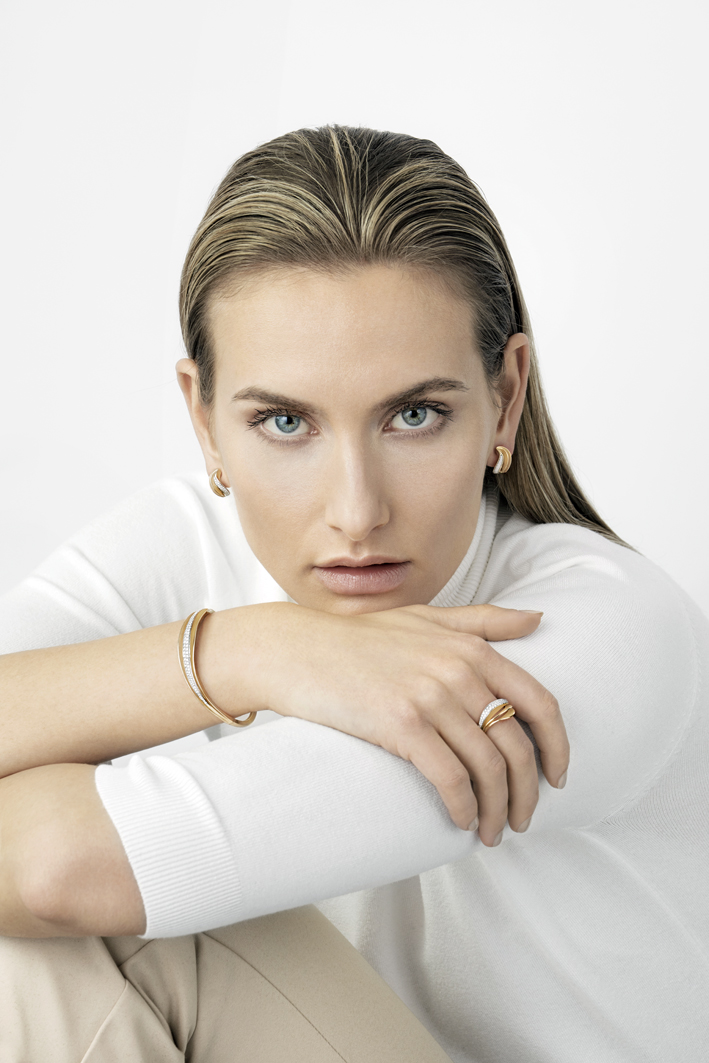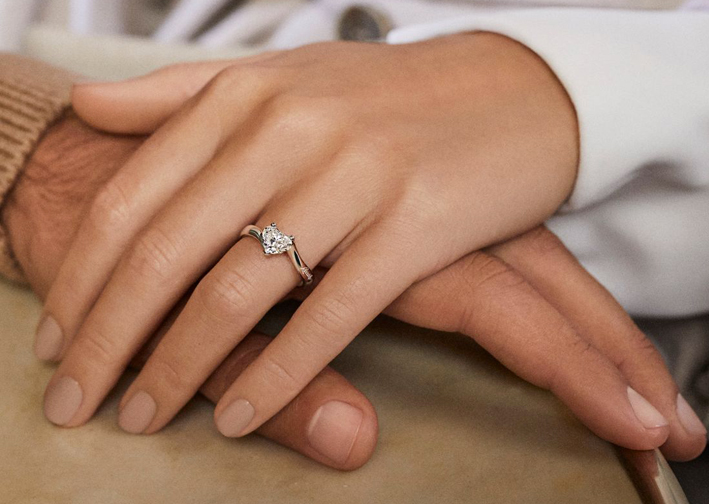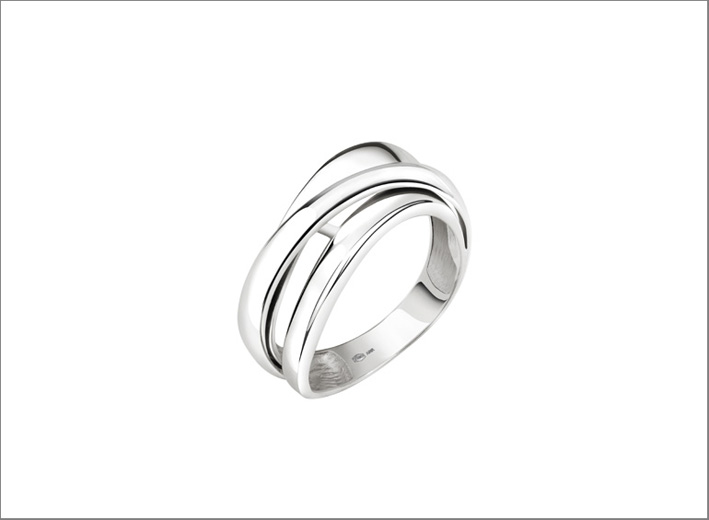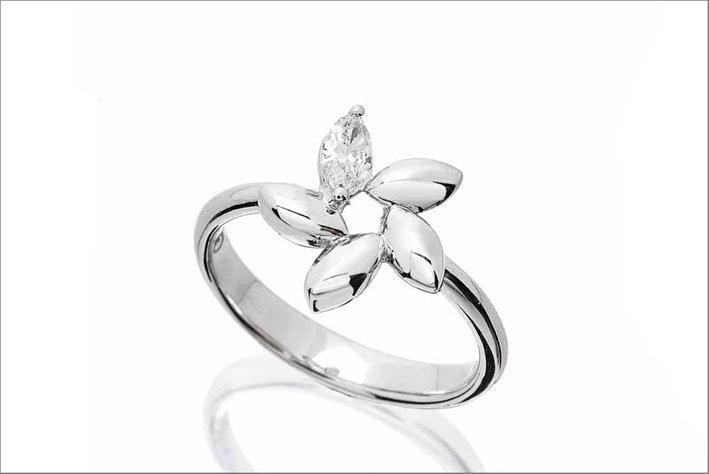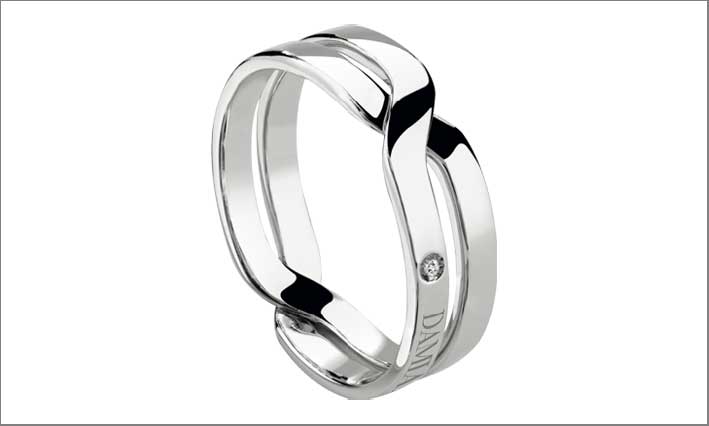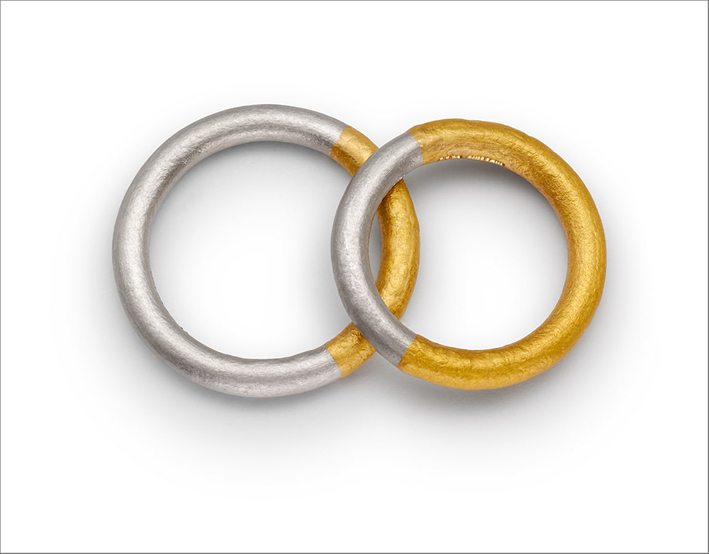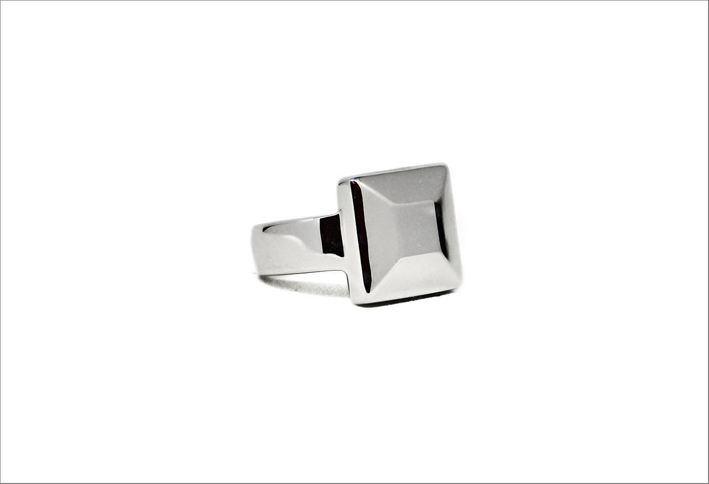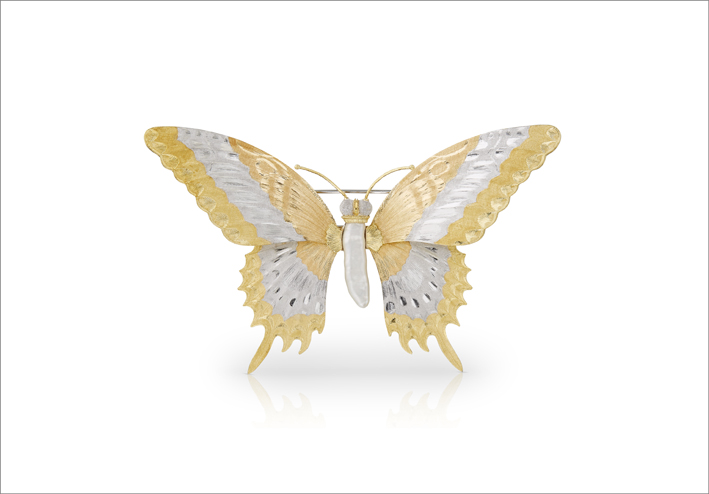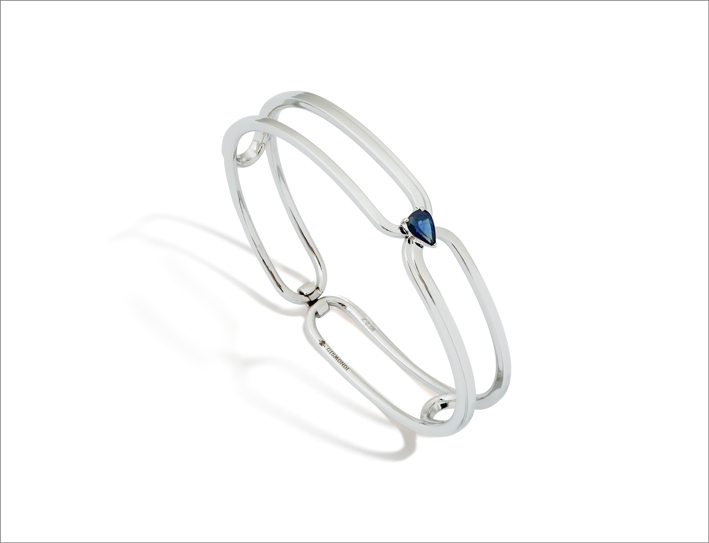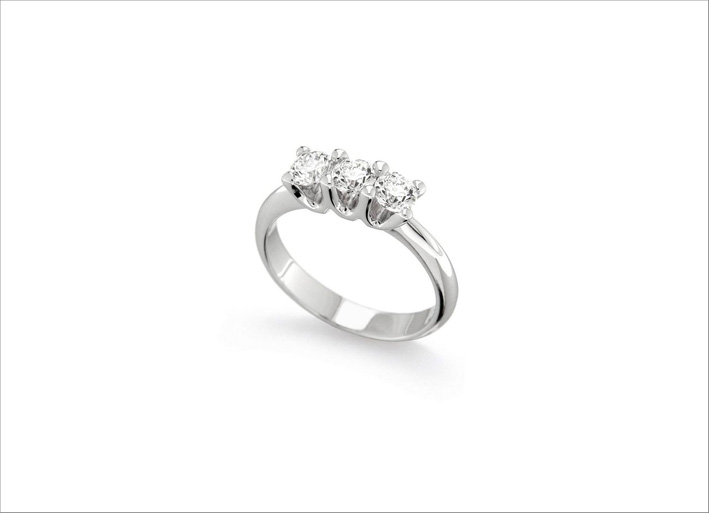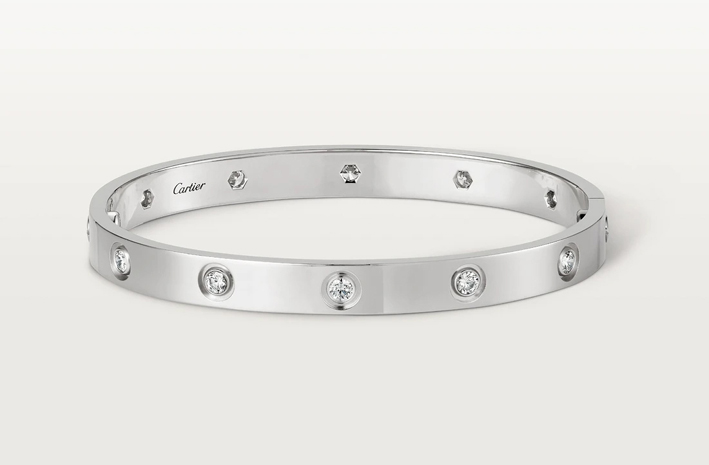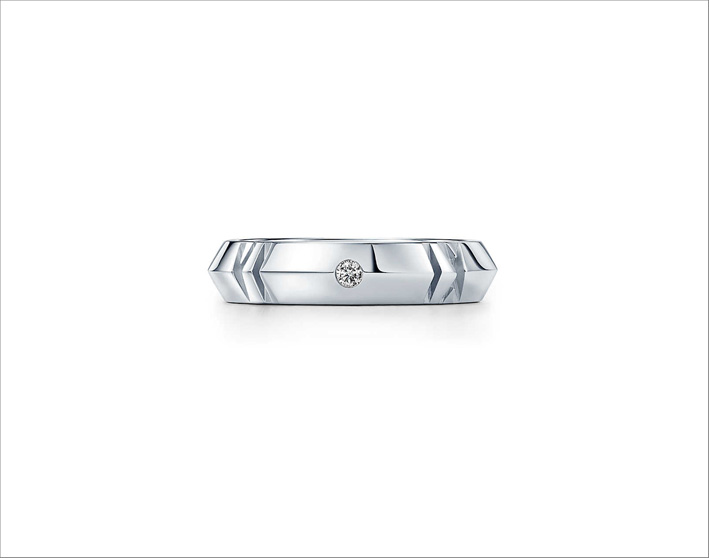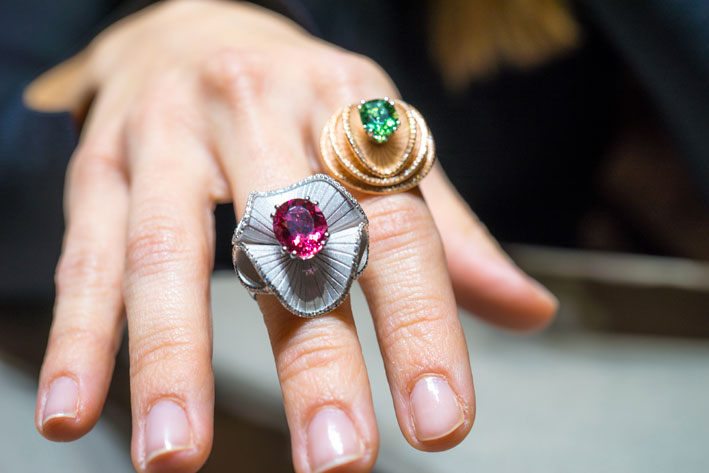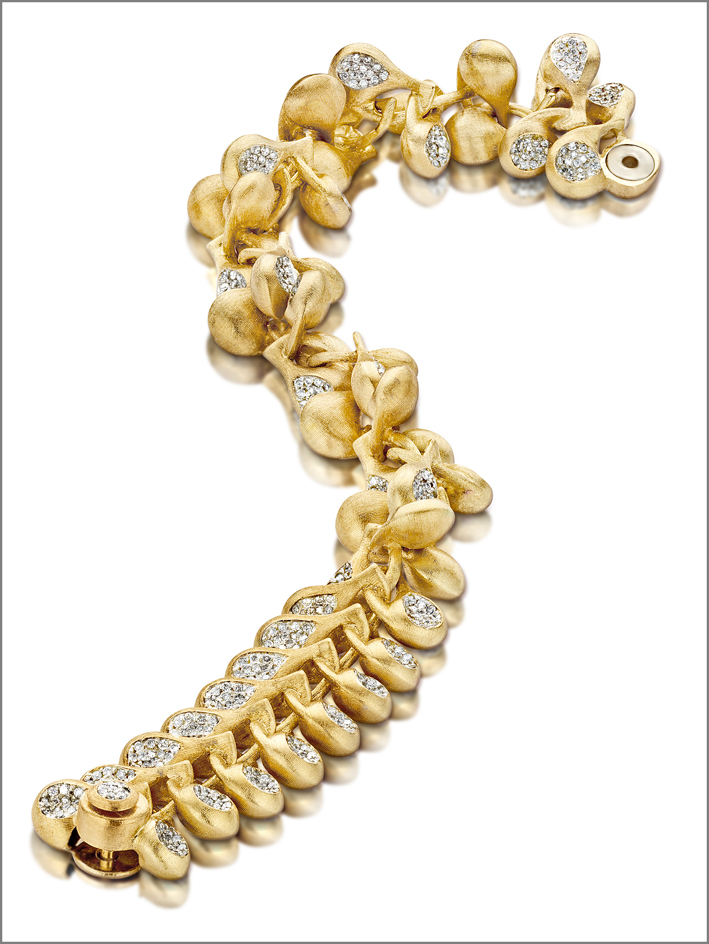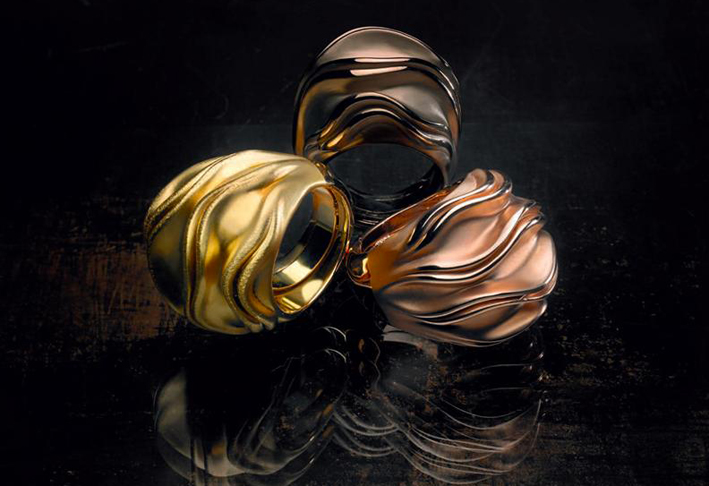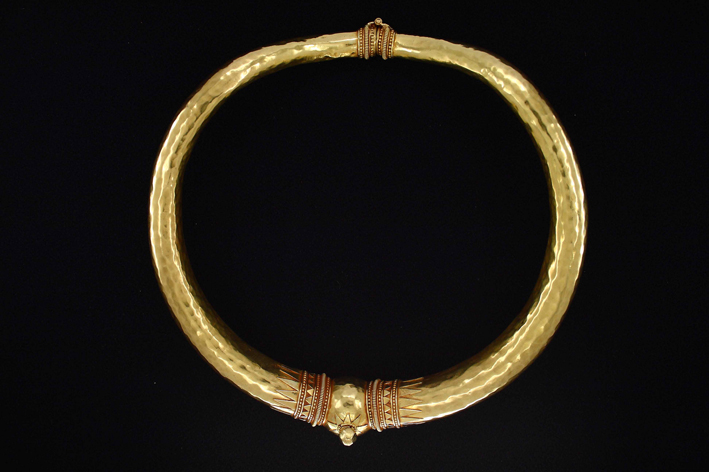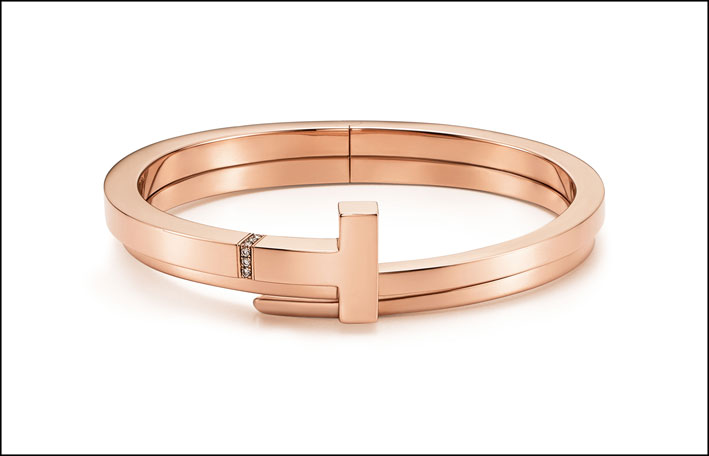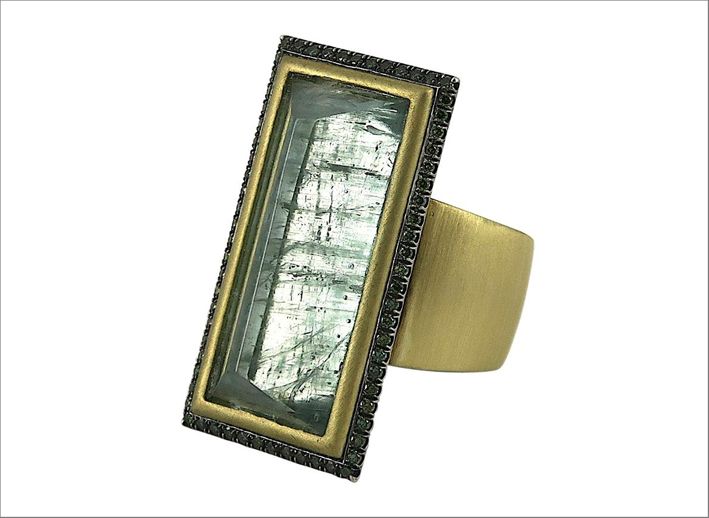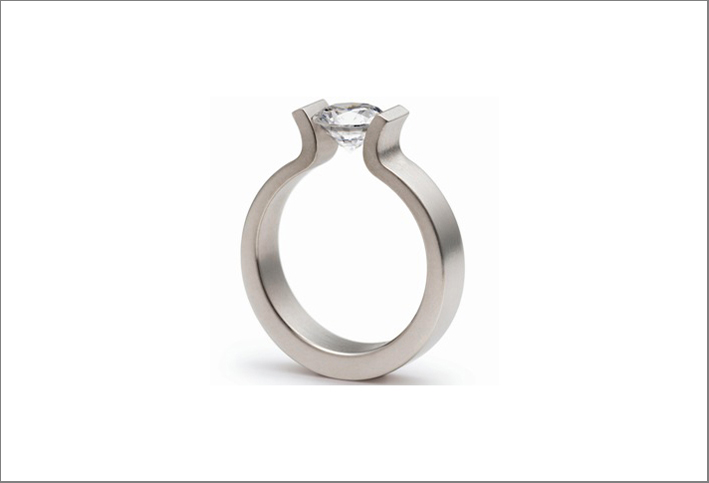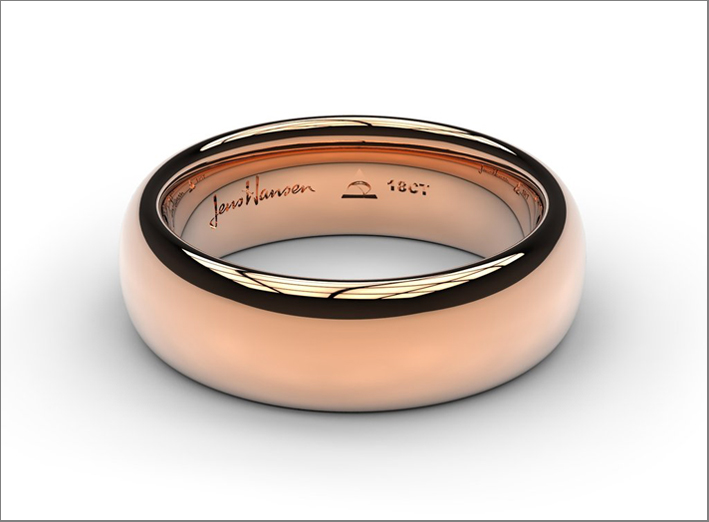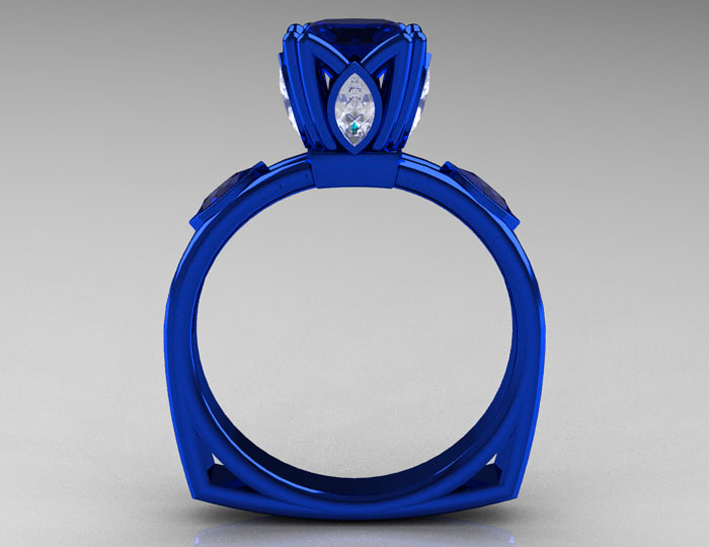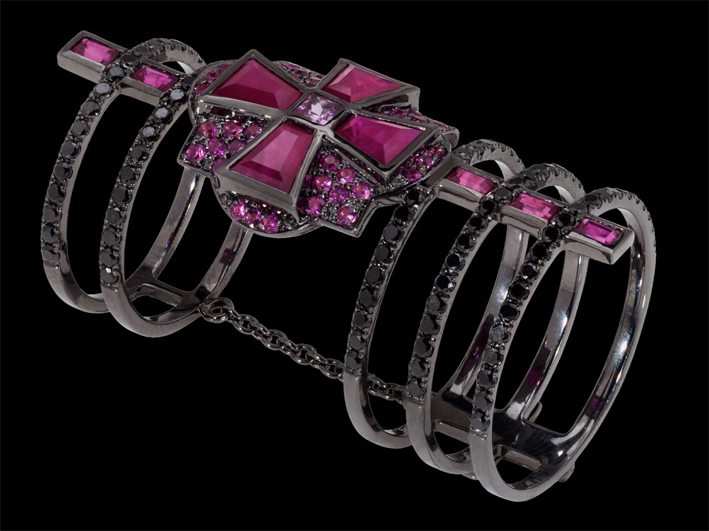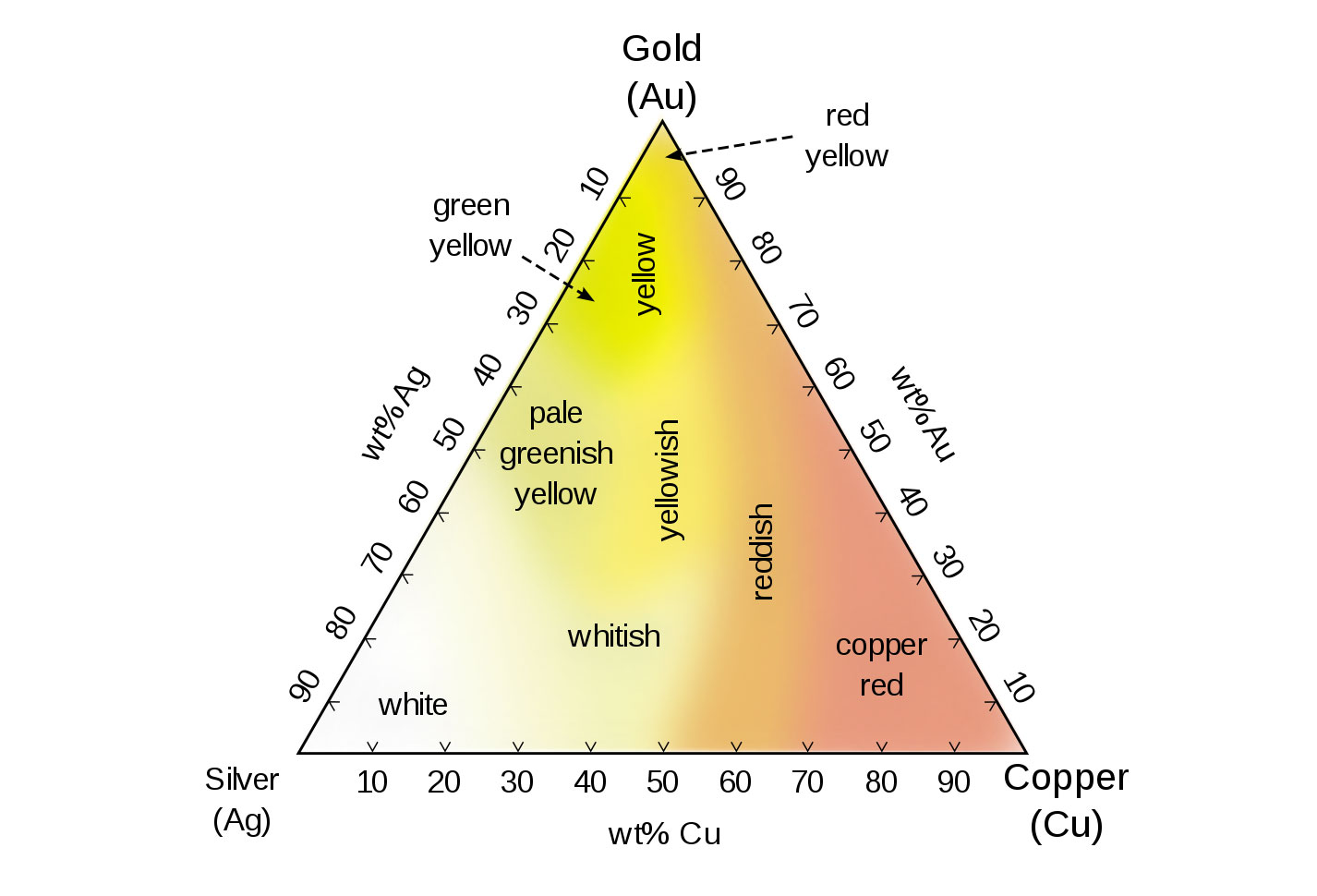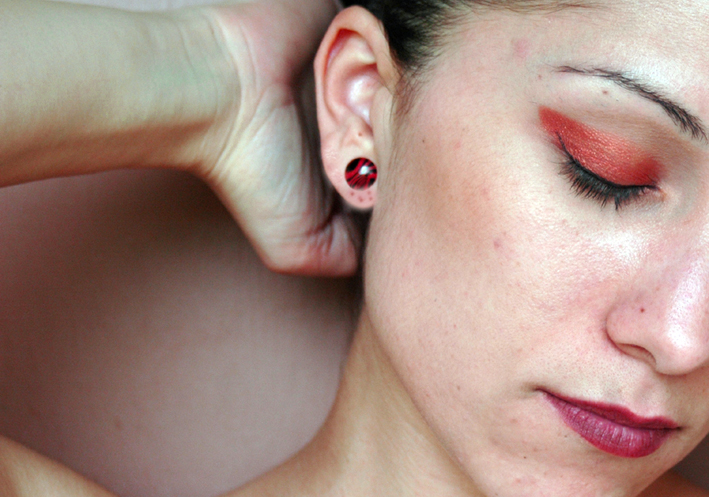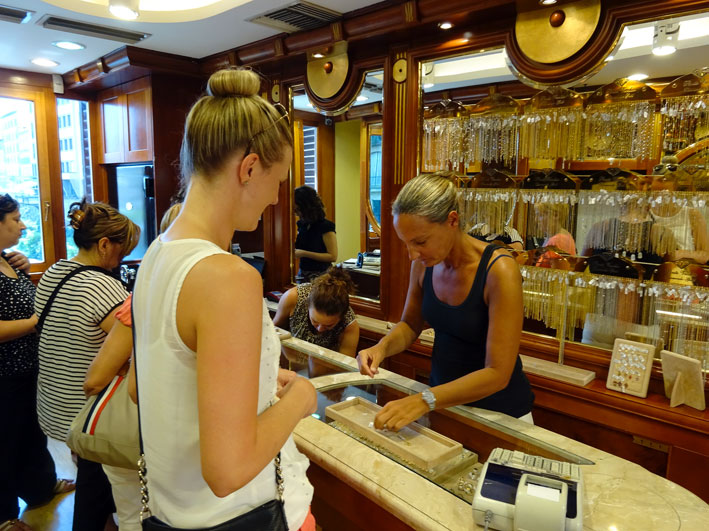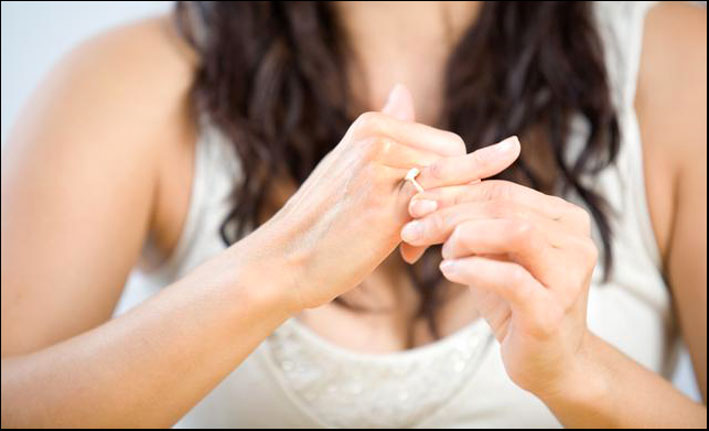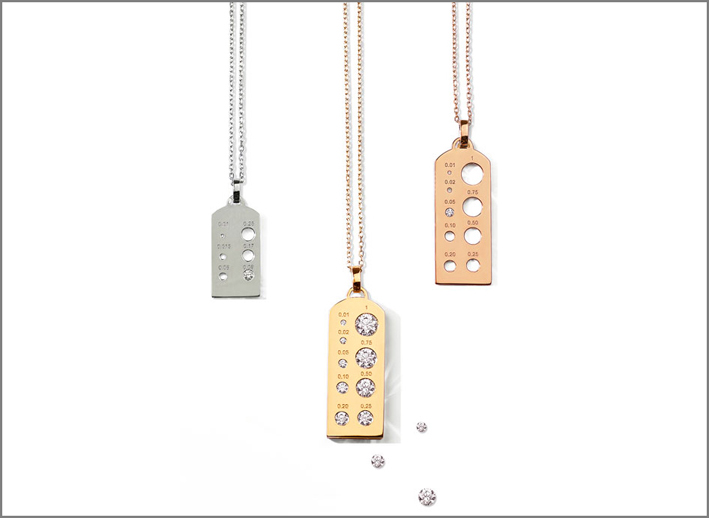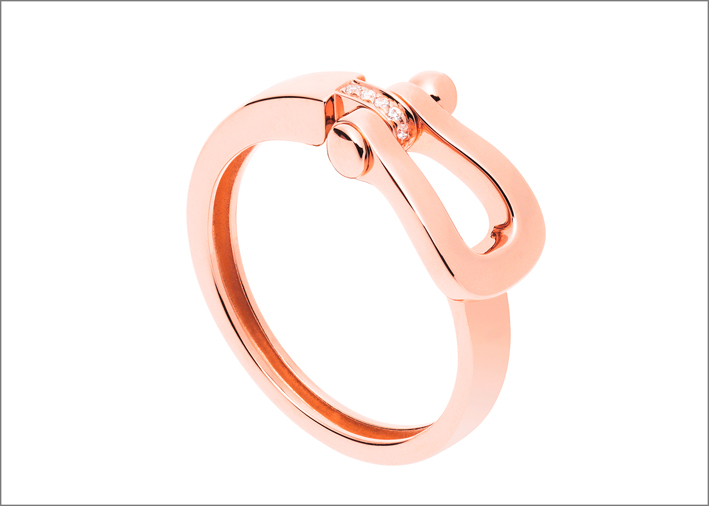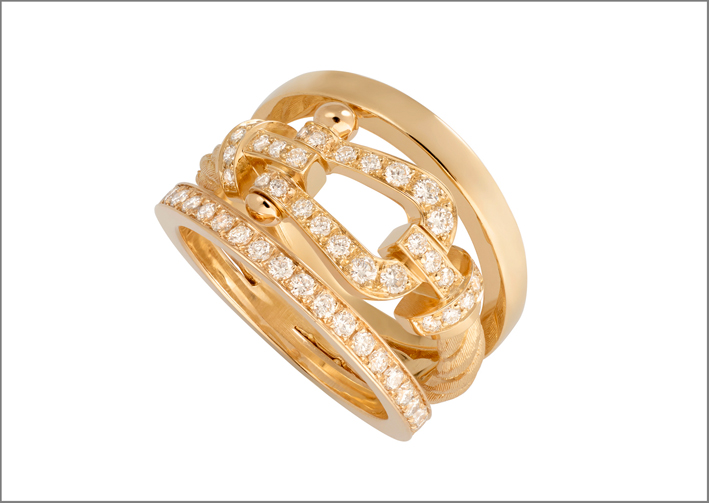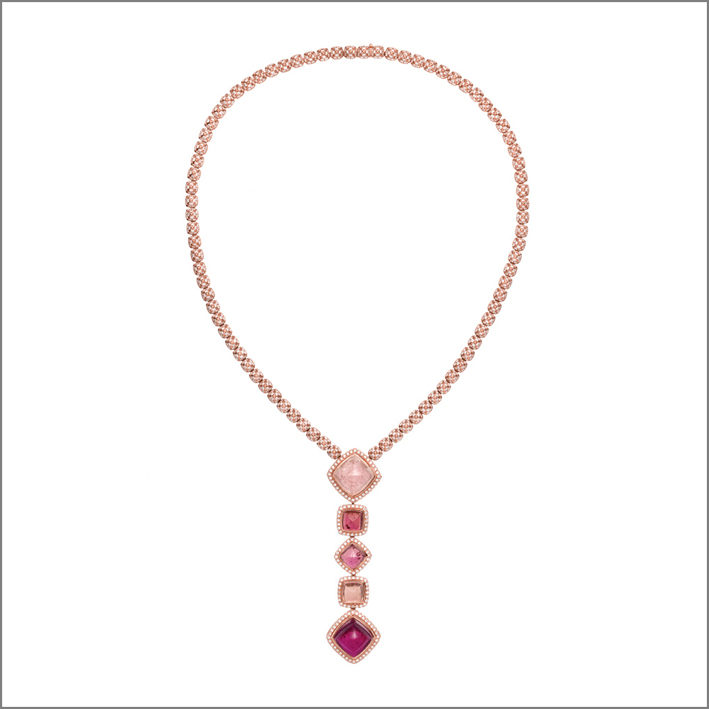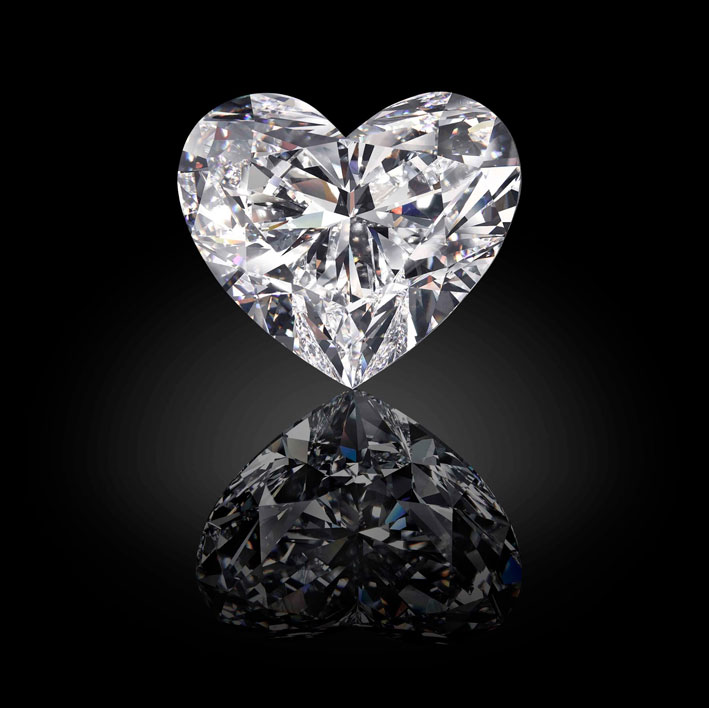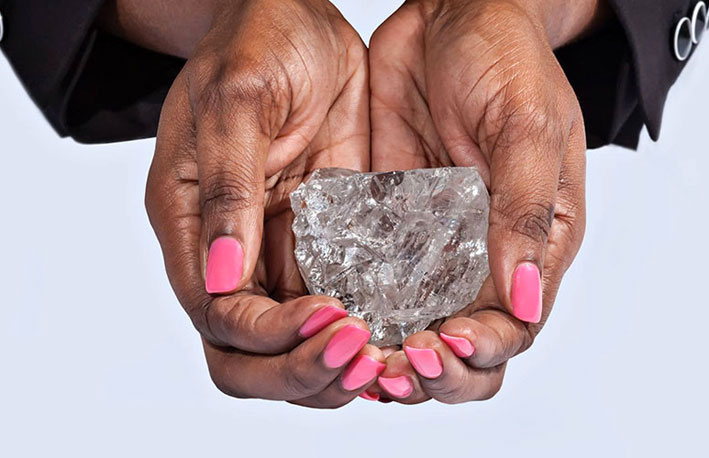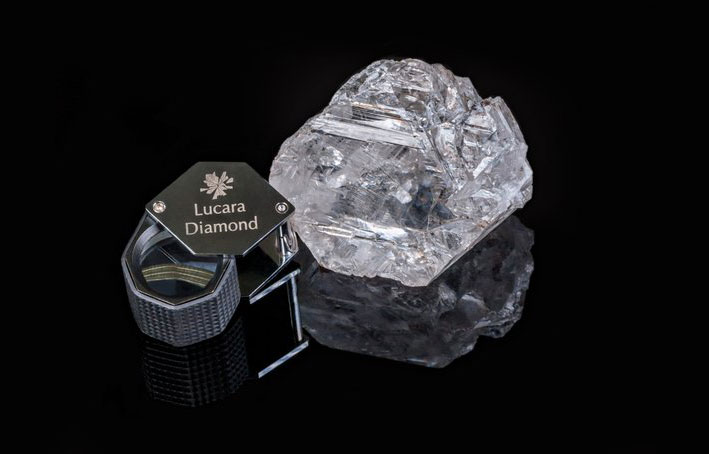Do you know how to distinguish diamonds? What are the four Cs? How are the diamonds evaluated? Here is a quick guide to solve any doubts about diamonds ♦
Diamonds are the most precious stones. But how much are the diamonds of a ring, earrings or necklace really worth? They are all the same? How to recognize and judge them? Gioiellis.com helps you with this exclusive guide, which you can print and save. With a premise: understanding does not mean being able to make an assessment yourself. For a safe and definitive evaluation of a diamond it is better to contact an expert who can view the stone directly.
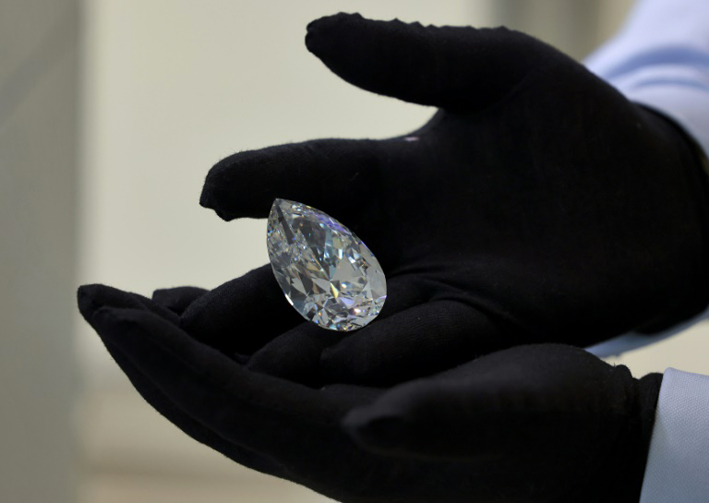
WHAT IS A DIAMOND?
The substance is one of the many forms in which carbon can occur. In scientific terms, the diamond is constituted by a crystalline lattice of carbon atoms arranged according to an octahedral structure. The name derives from the ancient Greek ἀδάμας, that is, adámas, which means indestructible, just or even immutable.
Diamonds are the deepest material of our planet that has ever reached the earth’s surface and are considered an open window inside the Earth. A material that can not be obtained by any other means. Far beyond their economic value, they have a higher scientific value, because they are able to tell many things about the evolution of the Earth.
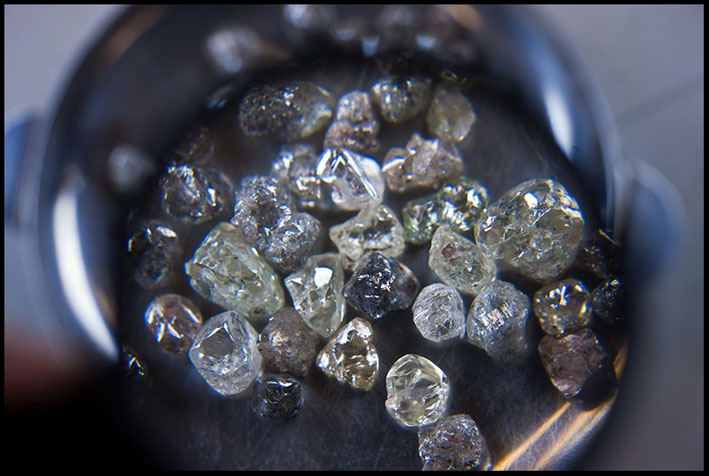
THE ORIGIN
The existing diamonds for 94% were formed between 1 and 3 billion years ago at depths between 150 and 200 kilometers, where the very pure carbon, subjected to enormous pressure, generated these stones of great charm. The remaining 6% of diamonds is even more interesting and originates in the “transition zone of the Earth”, between 660 and 2,900 kilometers of depth. They are called super-deep diamonds.

FEATURES
The diamond is the prince of jewels thanks to the dispersion of white light in the colors of the spectrum, one of its main characteristics. The hardness of the diamond is its other peculiarity, which makes it useful for many industrial applications. Today the global production of rough diamonds is estimated at around 130 million carats (26 tons) per year, of which 92% is cut and polished in India, mostly in the city of Surat. After the first processing, about 85% of rough diamonds, 50% of cut diamonds, and 40% of those for industry are traded on the market in Antwerp, Belgium. The reason is that in the late Quattrocento in Antwerp a new technique was introduced to polish and give shape to the gems. There are more than 12 thousand cutters and polishers at work in the diamond district.

SHORT HISTORY
Diamonds have been known for hundreds of years and have been used as decorative elements since ancient times: the first references have been registered in India. Today the most common use of diamond in jewelry is for the engagement ring, but few know that it is a fairly recent convention, which became popular in the first half of the twentieth century thanks to an advertising campaign by De Beers, the company leader in the diamond trade. More generally, however, diamond rings have been used at least since the fifteenth century to symbolize a commitment.

THE EVALUATION
Diamonds are not all the same. To evaluate them they are classified according to four «C», taking into account the English language: carat (carat), cut (cut), color (color) and clarity. But there are also other characteristics: for example, the presence or absence of fluorescence, which can influence the choice in use for a piece of jewelry and value.
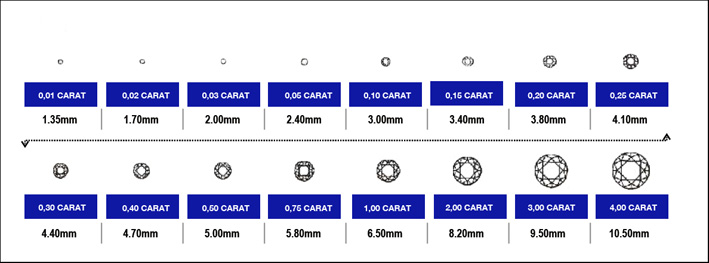
CARAT
Carat weight measures the mass of a diamond. One carat is 200 milligrams. The price per carat increases with weight, since the larger diamonds are rarer and more in demand as precious stones. In contrast, the value does not increase linearly in the same way with the dimension. For example, a diamond of 0.99 carats can have a much lower price (always per carat) than a 1.01 carat analogue: the difference is caused by the difference in demand.

CLARITY
Clarity measures the internal defects of a diamond, called inclusions. Inclusions may consist of crystals of a foreign material, or structural imperfections, such as small cracks or, finally, as a whitish halo. The number, size, color, relative position, orientation and visibility of inclusions can affect the relative clarity of a diamond. The Gemological Institute of America (Gia) and other organizations have developed systems to define the degree of clarity, starting from inclusions that are visible to a professional with a diamond observed at ten magnifications. Only about 20% of all the diamonds extracted have a sufficiently high clarity score for use in jewelry. The other 80% is relegated to industrial use. Of that first 20%, a significant share contains one or more visible inclusions. Stones that do not have a visible inclusion are known as “eye-clean”, clean to the eye, and are obviously the favorite pieces. Attention, sometimes inclusions are hidden under the frame of a piece of jewelry: to find out, you should deconstruct the jewel to examine it. Most of the inclusions present in a diamond, in any case, do not affect the structural integrity of the gem. However, the so-called “clouds” of large dimensions can affect the ability of a diamond to transmit and diffuse light. And large cracks near the surface increase the possibility of a fracture.

COLOR
What is the best color for a diamond? Simple: what is not there. In fact, the most precious variety of diamonds is totally colorless. Also in this case there is a classification, which should be certified by those who sell the jewel: the totally colorless diamond, therefore of the best quality, is classified as D. The next grade, certified with the letter E, has an almost invisible trace of color , which can only be observed by experts in a classification laboratory. The scale continues: even the F diamonds are almost transparent. The stones that, instead, show very small traces of color are classified as G or H. Again: the slightly colored ones are classified as I or J K and up to Z, with a bright yellow coloring. The latter, even if they are at the end of the scale, are however quite rare and therefore very appreciated. Diamonds with unusual coloring are sometimes labeled as fancy (fantasy). Some, like the pink ones, are very rare. The color of a diamond can be caused by chemical impurities and / or structural defects in the crystal lattice. Depending on the shade and the intensity, the color of a diamond can diminish or increase its value. For example, intense blue diamonds (like the one baptized by Hope) are remarkably precious. However, these are exceptional pieces. Most diamonds used as gems are fundamentally transparent, with a small tinge, or white diamonds. The most common impurity, nitrogen, replaces a small percentage of carbon atoms in the diamond structure and causes a yellowish or brownish color.

CUT
The cut of a diamond describes the way in which a diamond was formed and refined by its rough stone shape. In fact, it describes the processing quality and the angles to which it is cut and is often confused with the concept of form. The cut is not accidental: there are mathematical guidelines for determining angles and length ratios in order to reflect the maximum amount of light. The techniques for cutting diamonds have developed over hundreds of years. But the best results were obtained in 1919 by the mathematician and passionate of gems Marcel Tolkowsky: it is he who developed the brilliant, round cut, calculating the ideal shape to diffuse the light. The brilliant has 57 faces (polished), of which 33 on the crown (the upper part) and 24 on the pavilion (the lower half). The belt is the thin central part. The function of the crown is to refract light in the colors of the iris, while the function of the pavilion is to reflect light through the top of the diamond. The culet is instead the smallest surface in the lower part of the diamond: it should be of a negligible diameter, to avoid the loss of light from the bottom.

VALUE
If you want to be updated on the market price of diamonds you can follow the Rapaport Diamond Report (in English), which is published every week by Martin Rapaport, CEO of the Rapaport Group, in New York: it is considered the de facto reference point of the retail price. In the wholesale diamond trade, the term carats is often used to define a sale or purchase. For example, a buyer can place an order for 100 carats (20 g) of 0.5 carats (100 mg), with certain characteristics. In this case the Total carat weight (T.c.w.), ie the total carat weight is used to describe the total mass of diamonds or precious stones in a piece of jewelry. The “solitaire” diamonds for earrings, for example, are usually expressed in Tcw, indicating the mass of diamonds in both earrings and not of every single diamond. Tcw is also widely used for diamond necklaces, bracelets and other jewelry. A quick indication: look at the overall diameter. Typically a 1.0 carat round brilliant (200 mg) should have a diameter of about 6.5 mm. Mathematically, the diameter in millimeters of a round brilliant should correspond to about 6.5 times the cubic root of carat weight, of 11.1 times the cubic root of weight grams, or 1.4 times the cubic root of weight point. In short, to evaluate the true value it takes very precise instruments and a good eye.
